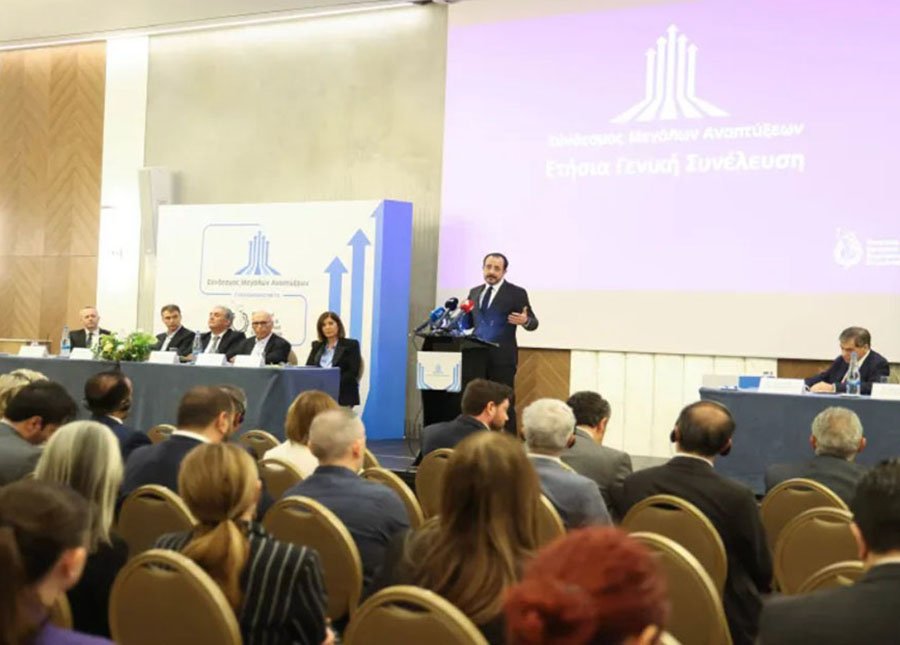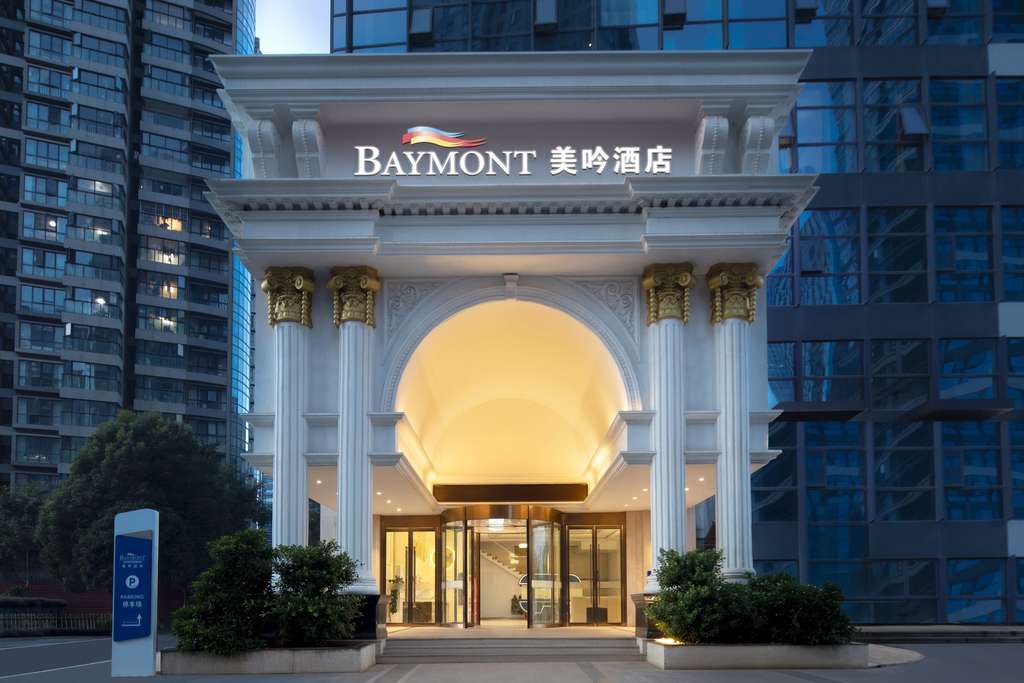читайте также
 Vietnam Hit by Record-Breaking Floods: Tourists Advised to Change Their Plans
Vietnam Hit by Record-Breaking Floods: Tourists Advised to Change Their Plans
 How Children Receive Residence Permits in Europe: Full 2024 Statistics
How Children Receive Residence Permits in Europe: Full 2024 Statistics
 Cyprus to Introduce Construction Police as Oversight Tightens in 2026
Cyprus to Introduce Construction Police as Oversight Tightens in 2026
 Assets of Russians in the UAE Reach 1 Trillion Rubles: FTS Expands Inspections
Assets of Russians in the UAE Reach 1 Trillion Rubles: FTS Expands Inspections
 Wyndham Expands Its Global Presence: Baymont Debuts in the Asia-Pacific Region
Wyndham Expands Its Global Presence: Baymont Debuts in the Asia-Pacific Region
 Latin America’s Hotel Construction Pipeline Hits Record Highs: 17% Year-Over-Year Growth and a Strong Shift Toward Luxury
Latin America’s Hotel Construction Pipeline Hits Record Highs: 17% Year-Over-Year Growth and a Strong Shift Toward Luxury
WTTC: Travel & Tourism to Create 91 Million New Jobs by 2035 — but a 43 Million Workforce Gap Looms

At the 25th Global Summit in Rome, the World Travel & Tourism Council (WTTC) unveiled a landmark report — Future of the Travel & Tourism Workforce. Its findings are both optimistic and alarming: by 2035, Travel & Tourism will support one in every three new jobs created globally, yet the sector could face a massive shortage of more than 43 million workers if decisive action is not taken.
Developed with the support of the Ministry of Tourism of Saudi Arabia, Coraggio Group, Miles Partnership and Hong Kong Polytechnic University, the report draws on extensive research, a global survey of industry leaders and interviews with major WTTC members.
One conclusion is clear: Travel & Tourism has returned as a major global job engine — but demographic decline and structural shifts threaten its long-term sustainability.
A Sector Growing Faster Than the Global Economy
WTTC estimates that the sector supported 357 million jobs in 2024, rising to 371 million in 2025. Over the next decade, it is expected to generate 91 million new roles.
However, labour demand will grow far faster than supply. By 2035, the workforce shortfall is projected to reach over 43 million people, leaving global labour availability 16% below required levels.
The hospitality industry alone faces a deficit of 8.6 million workers, while demand for human-centred, non-automatable roles will remain particularly strong.
Where the Workforce Gap Will Be Most Severe
All 20 major economies analysed in the report will face workforce shortages.
The largest gaps in absolute terms are expected in:
— China – 16.9M
— India – 11M
— European Union – 6.4M
In relative terms, Japan shows the most dramatic imbalance — labour supply projected at 29% below demand by 2035, followed by Greece (-27%) and Germany (-26%).
WTTC: The Sector Must Reinvent How It Attracts and Retains Talent
WTTC Interim CEO Gloria Guevara noted that millions left the sector during COVID, and many have not returned.
“Labour markets are transforming everywhere. To remain one of the world’s top job creators, we must work with governments and educators to attract, develop and retain talent.”
Saudi Arabia, a strategic partner of the initiative, showcases the impact of investment: 649,000 training opportunities and an almost 50% female workforce in the sector.
Building a Future-Ready Workforce
The report urges new approaches — inspiring young talent, modernising education, integrating digital skills, enabling flexible work models and enhancing career progression.
Only coordinated action between governments, employers and educational institutions can secure long-term growth.
International Investment experts warn that the WTTC report highlights a systemic challenge that will shape the next decade of global tourism.
Key insights:
Workforce shortages will become the primary constraint on tourism growth.
Labour scarcity will increase operational costs, especially in hospitality.
Competition for talent will intensify, and markets investing in training will dominate.
Reformed migration policies will be essential to offset demographic decline.
Automation will not solve the labour gap, as most tourism jobs rely on human interaction.
Conclusion: Without strategic investment in people, education and mobility, global tourism risks hitting a structural ceiling — regardless of demand. The future of the industry will depend not only on travellers, but on the workforce able to serve them.





